Get your cool-season garden started and look forward to harvesting lettuces, kale, arugula, chard and more
To create an interesting mix in the garden and on the plate, choose plants with a variety of leaf shapes, colors and textures. Head-forming lettuces, such as romaine, butterhead and iceberg, are great for adding crunch to salads and should be harvested once the heads begin to form.
Loose-leaf lettuces, like ‘Oak Leaf’ and ‘Salad Bowl’, have a looser form and can be grown tightly spaced — great for a container or packing into a bed. Harvest loose-leaf lettuces when the leaves are young and tender for an at-home equivalent of the grocery store mesclun mix. Lettuces are all frost-tender and need to be either picked or protected with a frost blanket if night frost is predicted.
Great for: Salads, sandwiches, lettuce wraps, grilling. Example: romaine.
Water requirement: Regular; keep the soil moist
Light requirement: Full sun to partial shade. Partial shade is best in hot climates and to prevent bolting.
These slightly bitter salad greens, classified as a type of chicory, lend a savory flavor to salads and soups. Not all endives and escaroles are as bitter as the ones you may have tried from the market; varieties like ‘Sugarloaf’ taste more like romaine. For the pungent varieties, like curly endive, also called frisee, leaves harvested when young are less bitter, and adding leaves of any maturity to soup makes them taste very mild. You can harvest the leaves using the “cut and come again” method by cutting the whole plant down to about an inch; it will regrow in a few weeks.
Great for: Salads, soups
Water requirement: Regular; keep the soil moist
Light requirement: Full sun to partial shade. Partial shade is best in hot climates and to prevent bolting.
Let Houzz find the best pros for you
This spicy green is a popular choice for adding bite to salad mixes and sandwiches, and as a topping for pizza. Arugula is easy to grow both from plant starts and seeds, and can be harvested using the “cut and come again” method or simply by snipping leaves. Either way, it’s best to harvest arugula often — if left unclipped, the plants can reach 3 feet tall and the leaves become more peppery and bitter.
Great for: Salads, sandwiches, pizza topping
Water requirement: Regular; keep the soil moist
Light requirement: Full sun to partial shade. Partial shade is best in hot climates and to prevent bolting.
One of the most dramatic of the edible greens, chard is easy to spot in the garden with its brilliantly colored stems in yellow, orange, red and pink, and with its upright habit and broad leaves. Harvest leaves for cooking when they’re about 8 to 10 inches long, cutting from the base of the stem. Snip small, immature leaves to add to salad mixes.
Great for: Sautéing, braising, adding to soups; can be used in salads if harvested young
Water requirement: Regular; keep the soil moist
Light requirement: Full sun to partial shade
This mild-flavored tender green is a favorite of home gardeners. Spinach is loaded with nutrients, and growing your own can be a great way to work more antioxidants and iron into your diet. Baby spinach leaves sold in bags or loose in a bin at the market are all very young — harvest when leaves are only 2 to 3 inches long if you want similar ones at home. Otherwise, pick the outer leaves of spinach when they’re 3 to 4 inches long or longer, and the leaves will be tender and the stems slightly crunchy.
Great for: Salads, soups, pasta dishes, quiches, smoothies
Water requirement: Regular; keep the soil moist
Light requirement: Full sun to partial shade. Partial shade is best in hot climates and to prevent bolting.
A few years ago kale would have firmly been considered a cooking green, but the popularity of raw kale salads proves that the leaves can be just as tasty eaten raw — particularly after being rubbed with olive oil. Another highly nutritious green, kale is easy to grow and particularly cold-tolerant. In mild-winter climates it can be grown all winter long. Harvest leaves when they’ve reached 8 to 10 inches long by cutting at the base of the stem. Snip small, immature leaves for adding to salads. Mature kale plants can reach 3 feet tall or higher, and 1 foot to 2 feet across. If you plan to grow kale over many months, be sure to give it a spot with plenty of room.
Great for: Sautéing, braising, adding to soups or smoothies, making salads with young leaves
Water requirement: Regular; keep the soil moist
Light requirement: Full sun to partial shade. Partial shade is best in hot climates and to prevent bolting.
These peppery greens can add a punch of flavor to salad mixtures or a mellower taste to soups. Choose from a wide variety of greens with oval-shaped leaves and serrated edges, in colors from bright green to deep purple. To cut down on the pungent flavor, cut greens when leaves are only 2 to 3 inches long; otherwise add larger leaves to soups. Mustard greens can tolerate some frost but should be protected in prolonged periods of cold.
Great for: Salads, soups
Water requirement: Regular, keep the soil moist
Light requirement: Full sun to partial shade
Technically a type of mustard green, mizuna is known for its deeply serrated leaves and peppery flavor. Grow green and purple varieties to add color, pungent flavor and interesting texture to salad mixes. Mizuna can be grown similarly to loose-leaf lettuce, packed tightly into a container or garden bed. To harvest, cut as many 2- to 4-inch-long leaves as you need, or use the “cut and come again” method.
Great for: Salads, soups
Water requirement: Regular; keep the soil moist
Light requirement: Full sun to partial shade. Partial shade is best in hot climates and to prevent bolting.
Also called bok choy, this leafy member of the cabbage family is a popular choice for many Asian dishes. The leaves are juicy and tender, with spinach-like flavor and crunchy stems; some come in a rich bronze-purple color. Harvest 2-inch-long leaves to add to salads, or wait until leaves are 3 to 4 inches long to harvest for soups and stir-fries.
Great for: Salads, stir-fries, soups, braising
Water requirement: Regular; keep the soil moist
Light requirement: Full sun to partial shade. Partial shade is best in hot climates and to prevent bolting.
Although beet plants are grown primarily for the roots, the greens (the tops of the plant) are also delicious and nutrient-rich. You can use the “cut and come again” method, harvesting leaves when they’re only about 2 inches long to add to salads. This method will delay the formation of large beets underground. Alternatively, grow beet plants as you would grow them for the roots (allowing 4 to 6 inches between plants), and harvest a few outer leaves from each plant throughout the season. Once you eventually pull up the beets, save the greens for adding to soups or braising.
Great for: Salads, soups, braising
Water requirement: Regular; keep the soil moist
Light requirement: Full sun to partial shade
Most cool-season greens benefit from some frost protection on cold nights, except as noted, such as with kale and mustard greens. Tender greens, like lettuces, require it. You can invest in a cold frame to extend your growing season, or simply cover tender greens with frost blankets at night, removing the covering in the morning. It’s best to use frost blankets with some type of support (PVC pipes, curved metal poles or wooden stakes) to keep the blankets from touching the leaves.
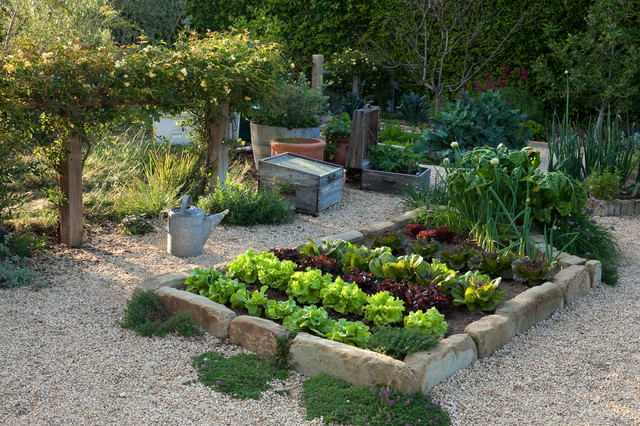
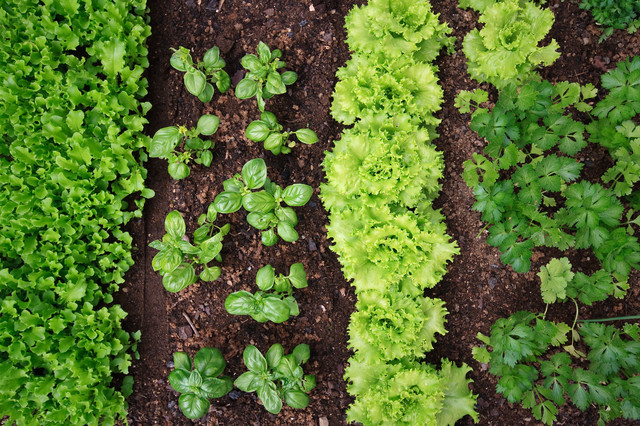
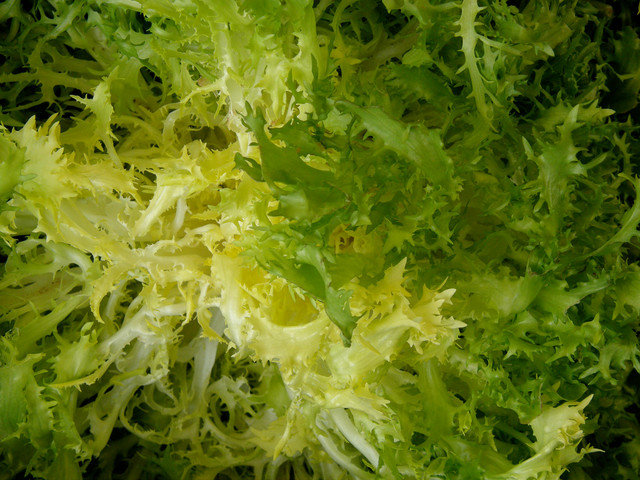
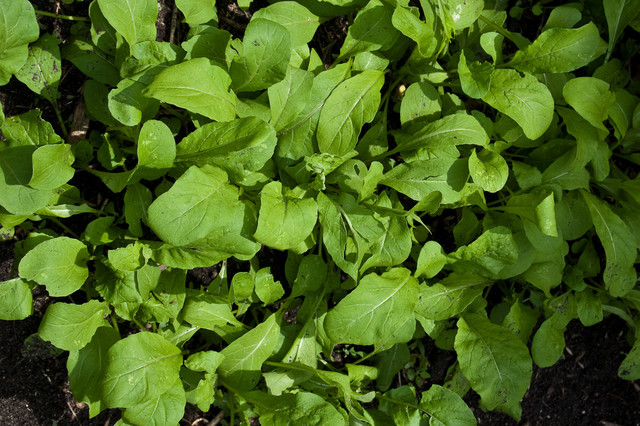



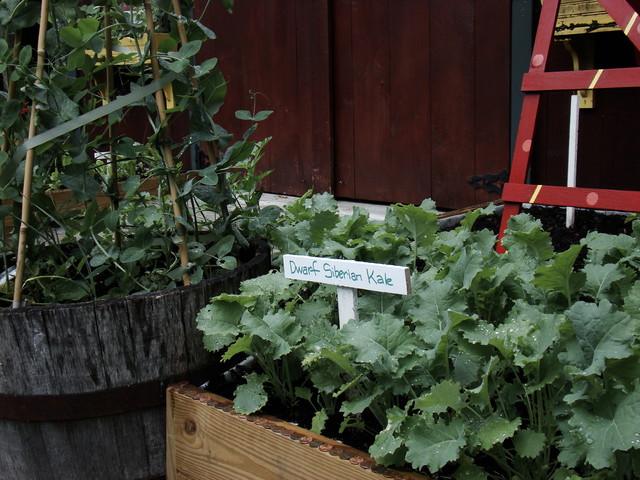
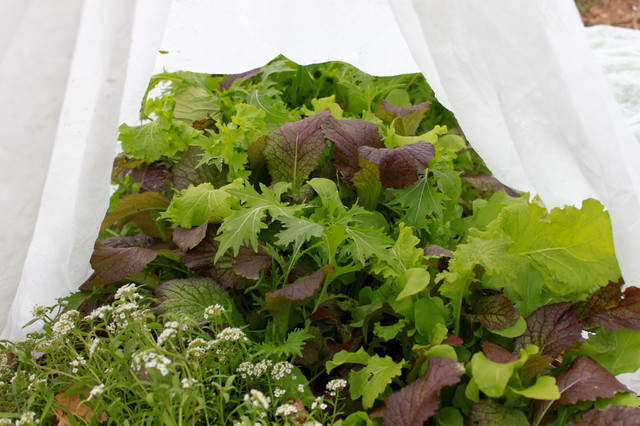
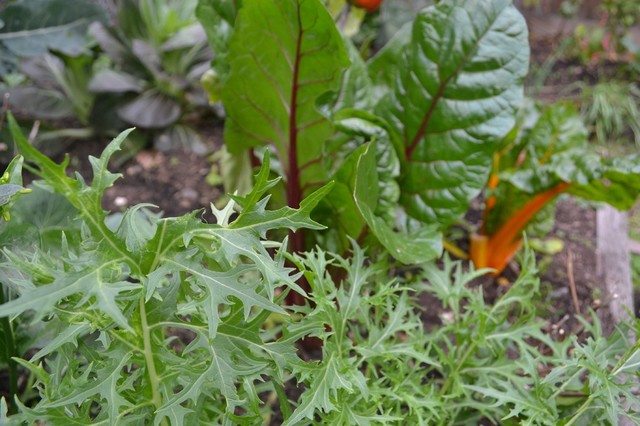
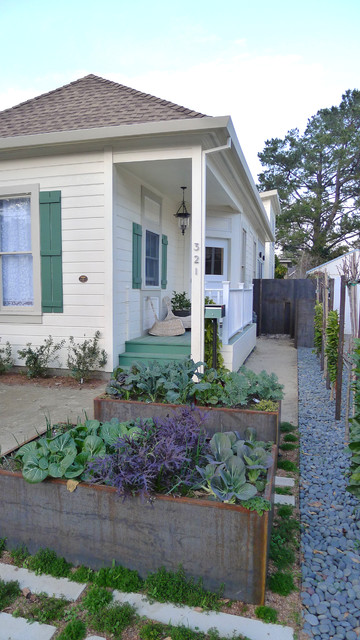


When choosing varieties to grow, you’ll want to consider how you’d like to use the greens (in salads, cooked dishes or both) as well as your available space for planting.
Cool-season greens fall into two loose categories: salad greens you would generally eat raw, and cooking greens that benefit from being braised, sautéed, stir-fried or steamed before eating. There’s crossover, of course; plants like spinach and kale can be eaten raw or cooked. Plus, many young, tender leaves of “cooking greens,” such as beet greens, mustard greens and chard, are tasty eaten raw in salad mixes.
In your first year, you may want to plant a wide variety of greens to identify your favorites.
Planning an edible garden? Find a landscape professional on Houzz